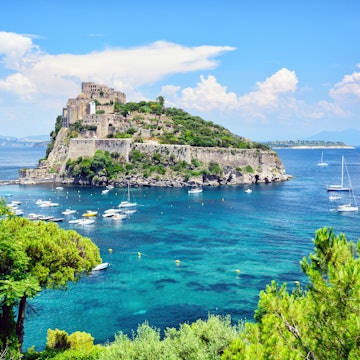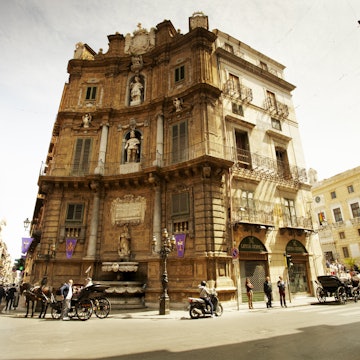
Overview
Italy's peeling, sun-bleached south is the country at its most ancient, soulful and sensual. Down here, the ruins are older, the lunches longer, and the landscapes wilder and more intense.
Leave the planning to a local expert
Experience the real Southern Italy. Let a local expert handle the planning for you.
Must-see attractions
Planning Tools
Expert guidance to help you plan your trip
Best Things to Do
The south of Italy can feel like another world. From pizzas to piazzas and beaches to baroque basilicas, here are the best things to do in Southern Italy.
Read full article
Best Time to Visit
Southern Italy is on the rise, but you'll feel a definite change in climate as you head from north to south. Here are the best times to visit.
Read full article
Get a book. Get inspired. Get exploring.
in partnership with getyourguide

























